I finally found a practical use for AI, and I may never garden the same way again
That's what it's made for
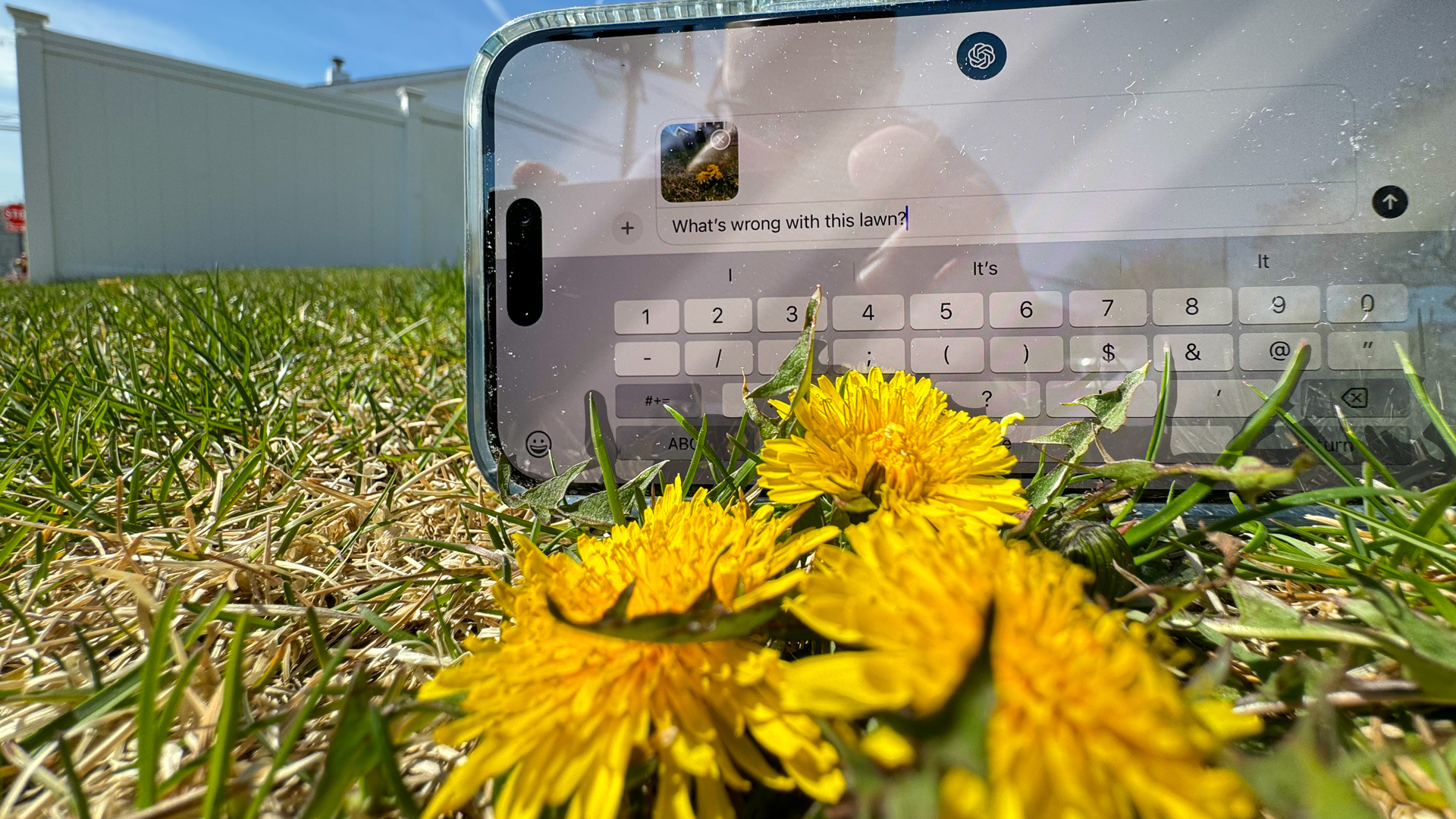
I love my garden and hate gardening. These emotions are not as fundamentally opposed as they appear. A beautiful garden is satisfying and lovely to look at. Getting such a garden is tremendously challenging, because it takes constant upkeep and also because creating a sustainable and manageable landscape is a skill I lack. ChatGPT, it turns out, is an enthusiastic and, it appears, quite capable gardener.
Artificial intelligence (AI) is, with apologies to Billie Eilish, the "What was I made for?" of modern technologies. It has a million possibilities but no set purpose, and often what you get out of it depends on what you put into it. I've spent countless hours trying to use AI as a screenwriter, a programmer, or just a friendly interlocutor. Typically, the AIs do well at first but devolve in the long run. Some of my earliest tests are a year or more old, and in AI years that's decades.
In recent weeks I've started playing with some of the latest large language models (LLMs) and image generators available in Microsoft Copilot, Google Gemini, and OpenAI's ChatGPT. While I used the early AI chatbots on the desktop, I've switched almost entirely to mobile platforms, and it turns out that a mobile AI gardening assistant is the landscape advisor I (and my lawn) didn't know I was missing.

Now, I did use ChatGPT Plus, the $20-a-month subscription-level AI that brings GPT-4 and DALL-E 3. GPT-4 is notable because it's been trained on information newer than GPT-3.5's September 2021 cut-off. How this more up-to-date knowledge might impact gardening advice, I'm not certain, though I guess free details about weather trends might help it steer me toward plants that match my actual climate and not what previous decades have shown (OpenAI trains its large language model by scraping vast amounts of data from across the internet, and I think it's safe to assume some of that is publicly available weather data).
My front and back lawns aren't terrible, but there are issues. On one side of the front of my house is a sparse landscape where most plants go to die. ChatGPT accepts text, voice, and visual input, so I started by taking a photo of this problem area and then asking ChatGPT to identify all the plants and, while explaining my location (northeastern US) and the general climate (temperate with moderate rainfall), asked it to suggest some landscape ideas.
In its own straightforward but conversational style, ChatGPT accurately identified most of the plants:
- A solitary red tulip standing out among the green foliage.
- Daylilies are the green, strappy leaves surrounding the tulip.
- Azaleas, which are the flowering shrubs with purple flowers.
- Daffodils with white petals and a central yellow corona are seen in a small group.
- A low-growing evergreen shrub that could be a type of juniper or possibly a creeping variety of thyme.
ChatGPT then suggested a collection of plants that might work in my environment, which included coneflowers, black-eyed Susans, hostas, bee-balm, and ferns, and then explained how, as perennials, the plans will return on their own, year after year. I showed the list to my wife, who has a bit more flower, plant, and shrubbery sense, and she broadly agreed with the selection.
Sign up for breaking news, reviews, opinion, top tech deals, and more.
The benefit of using an AI chatbot goes beyond simple query and response. It's the conversation that makes it powerful. I realized that this part of my house only gets sun about half the day, and asked ChatGPT if these plants would be okay.
"Yes, the plants mentioned can generally handle partial sun conditions, which is about 4-6 hours of direct sunlight per day, quite well," it replied. It then detailed how each plant reacts to and handles limited sun or shade. This made me feel comforted.
I was impressed, but before I went further in my AI gardening quest I decided to challenge ChatGPT's plant-identification powers.
There's a dogwood that grows almost weed-like outside one of my den windows. I took a photo through the window (and a screen) and asked ChatGPT, "What kind of plant is this? Is it a weed? How can I best care for it in my environment?" (I can do this by speaking to the app or typing it in.)
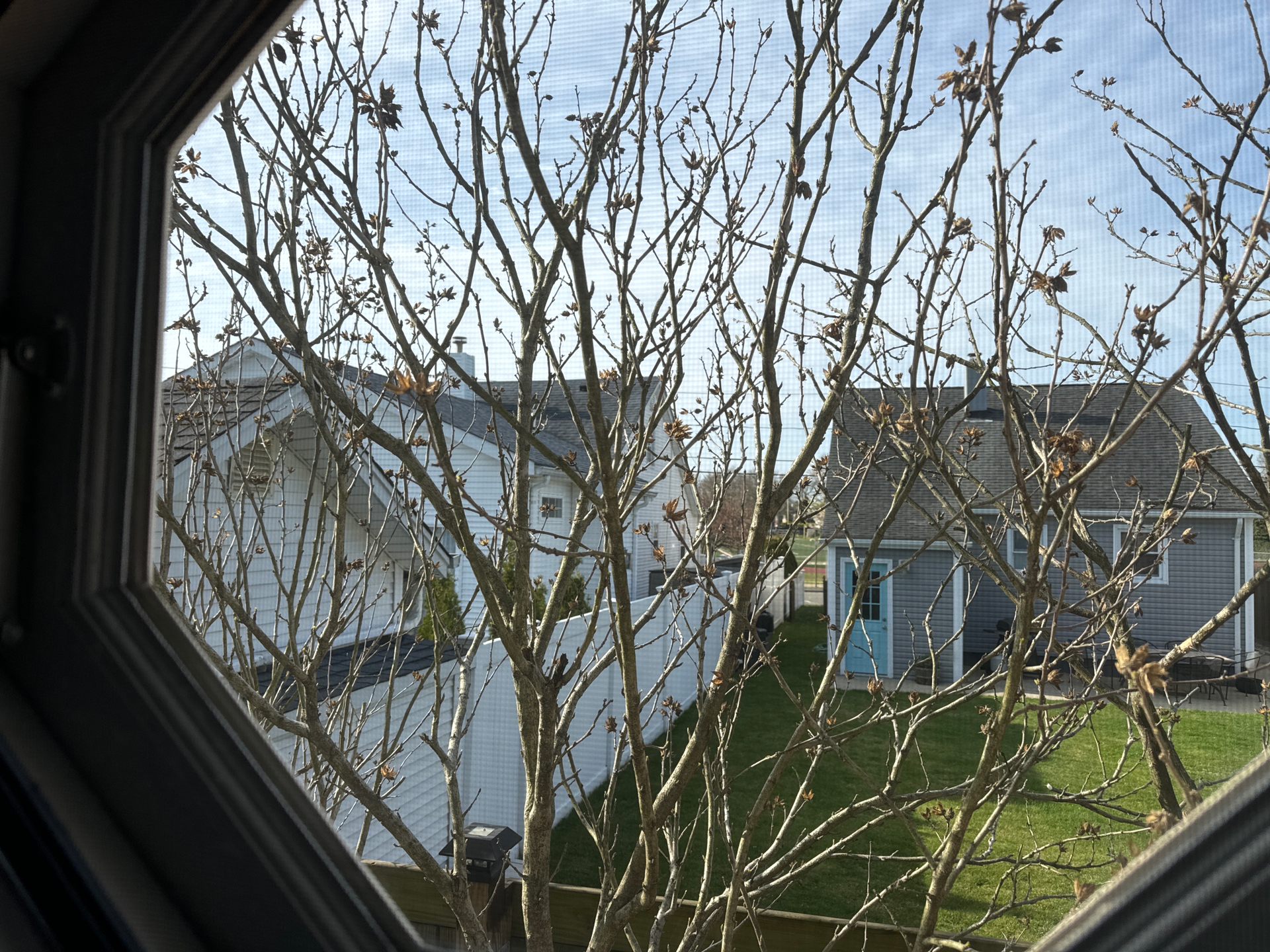
As was typical, ChatGPT returned its response a second later (sometimes, with longer responses, I would watch it almost thinking through and typing out the detailed responses).
"The plant in the image appears to be a tree or large shrub that is just beginning to leaf out, suggesting that the photo was taken in early spring."
That was all accurate and fair. ChatGPT told me it didn't look like a weed, but admitted that without leaves or fruit on it, it would be hard to identify. All fair enough.
Later, I decided to trick ChatGPT and took a photo of a realistic-looking artificial bouquet. I failed.
"The bouquet in the picture features flowers that look very similar to artificial ones. Real flowers typically have more variation in color and form, as well as natural imperfections," wrote ChatGPT.
With my confidence in ChatGPT growing, I moved back to my landscaping projects.
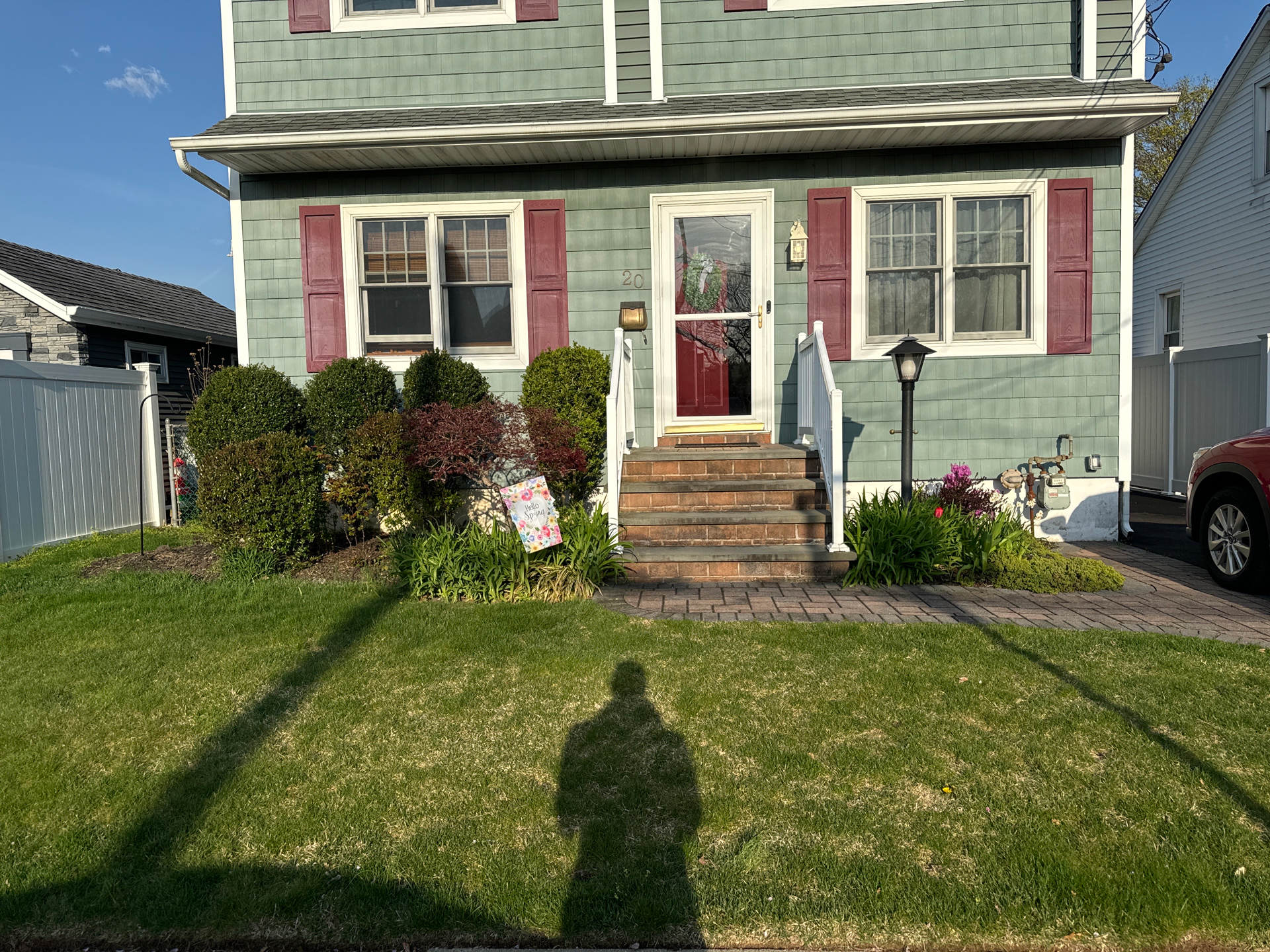

Every few years we mulch our flower, tree, and shrub beds, and I wondered if it was time to do it again. So, I took a photo of one flower bed and asked ChatGPT if it needed more mulch and, if so, what kind.
As was often the case, ChatGPT was purposefully inexact in its response. It told me the area "looks fairly covered, but it's a bit difficult to determine the thickness of the mulch layer from this photo." Mulch thickness, it told me, should be between 2-to-3 inches, which is advice I've heard from human gardeners. It then gave me a list of mulch types, and their benefits and deficits.
All helpful, though without AI fingers to sink into the mulch, I'm not sure if ChatGPT could ever accurately tell me if I have enough of it.
One of my biggest landscape problem areas is my backyard. Last year half of it died, and I struggled to bring it back to its former brilliance (one of many chapters in my book, Why I Hate Gardening). I took a photo of my sorry lawn, and asked ChatGPT what was wrong with it, and to suggest ways to improve it.
ChatGPT didn't make fun of my poor lawn care skills, but admitted there were signs of "thinning grass and patchy areas where the soil is exposed." Possible causes included "soil compaction, nutrient deficiencies, pest and disease problems."
It followed that with a list of things that I already do, except for aeration and pH adjustment. I know how to aerate a lawn (you punch a bunch of holes through the lawn bed) but didn't know about adding lime to raise pH. Very smart, ChatGPT.
I followed by asking which grass seed I should use. ChatGPT returned a clear list of five seed options suited to my climate.
ChatGPT doesn't automatically show its sources, and when I asked it where it got its gardening advice, it offered paragraphs of more general gardening advice for my location, but with a citation link attached to each paragraph. Sources included Finegardening.com, Savvygardener, and the US Government.
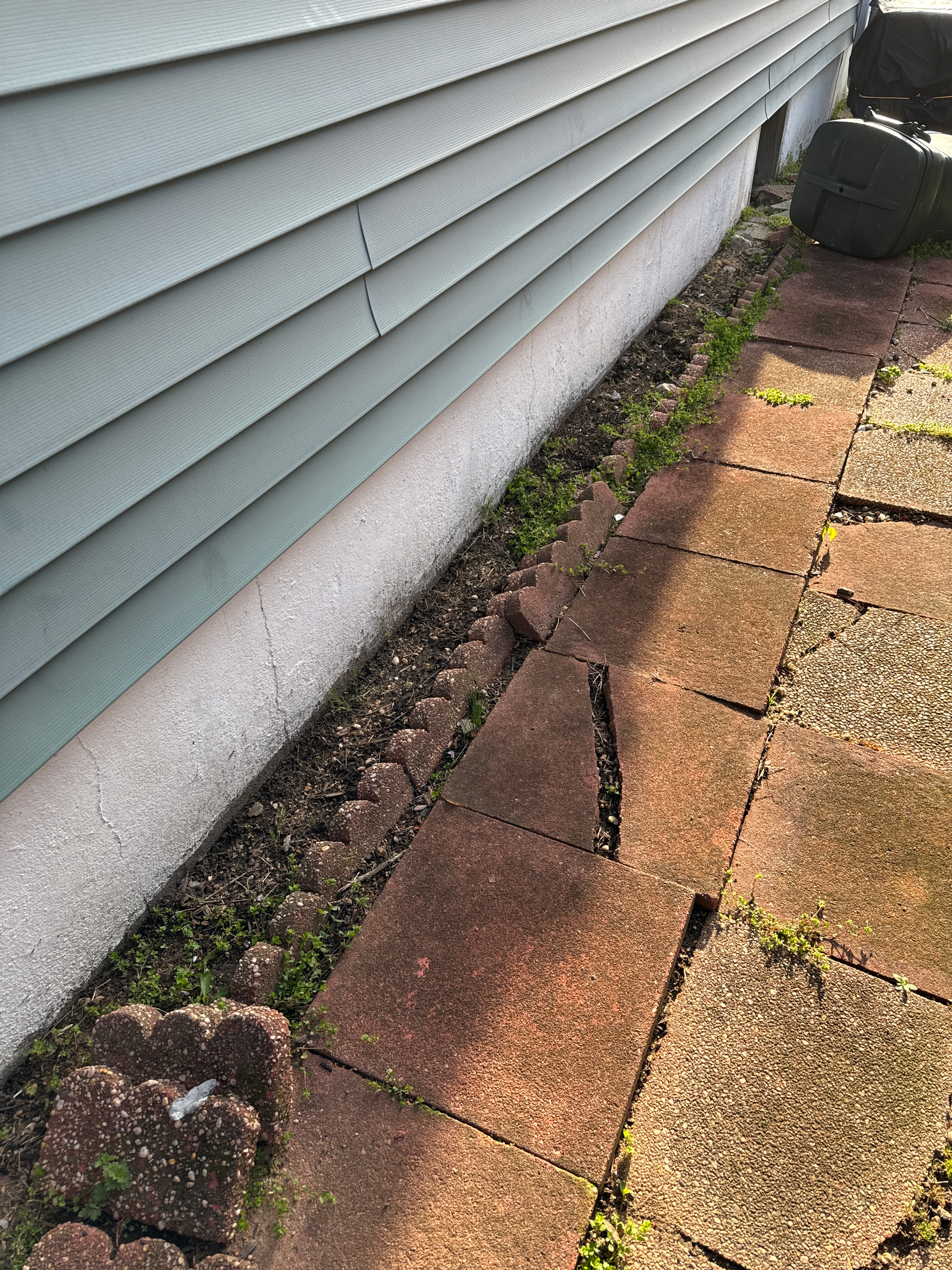
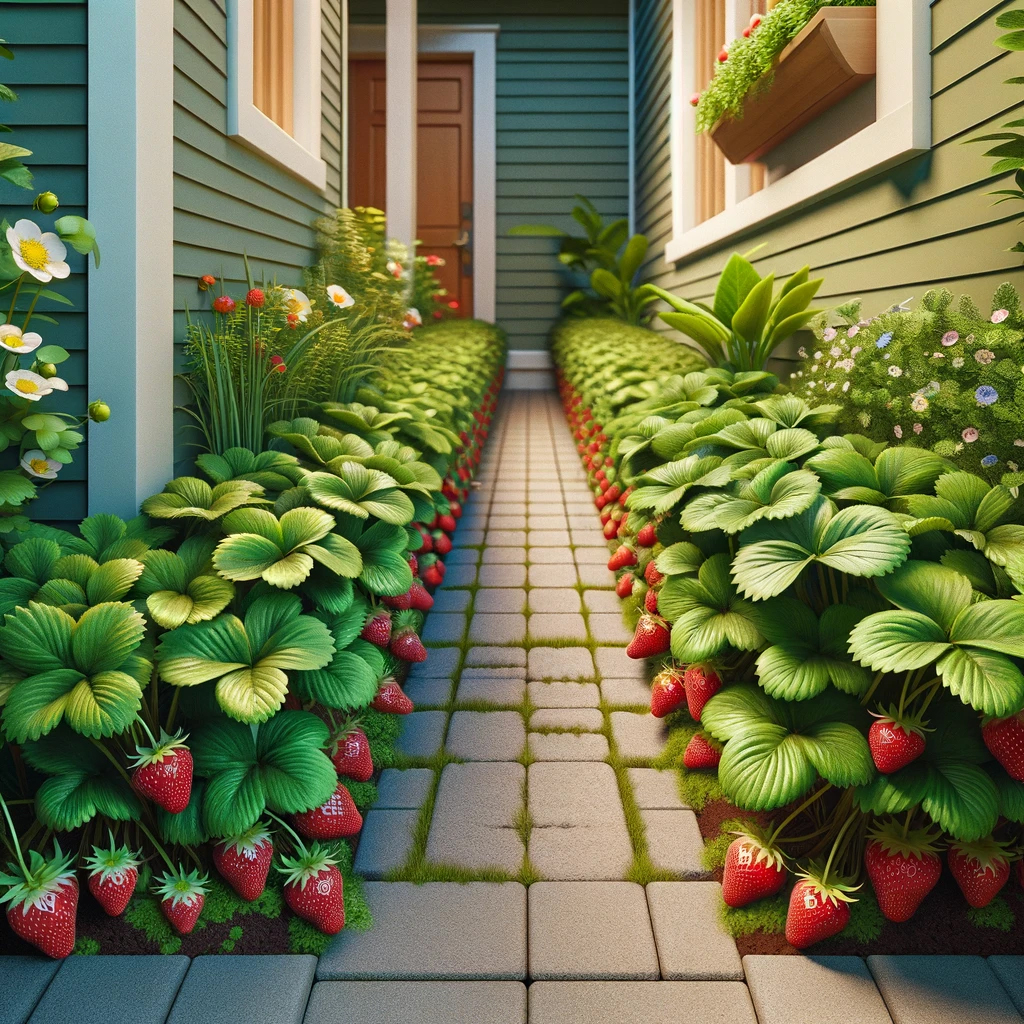
I also asked ChatGPT to help me find a harvestable plant for a narrow flower bed alongside my house. It suggested, among other things, strawberries. That was interesting, because when we moved in strawberries were in that space, but they weren't healthy enough to survive.
One area where ChatGPT stumbled was when I asked it to create landscape images based on its suggestions. Even when I asked for realistic images, the integrated Dall-E system returned fanciful landscapes and homes that looked little, if at all, like my home. They were cartoony, packed with too many plants, and with added landscape areas that do not exist.
This surprised me, since ChatGPT and DALL-E always had my original photo as a reference, but it chose to ignore most of the details and instead create landscapes for a fantasy home.
That's alright; I don't need images to apply some of this advice. In general, ChatGPT is a confident and able gardening and landscape advisor, and I think I could do worse asking my green-thumb neighbor for advice that might include far too much detail about the state of his home life.
You might also like
- ChatGPT explained – everything you need to know about the AI ...
- ChatGPT's newest GPT-4 upgrade makes it smarter and more ...
- I asked ChatGPT to program a game with me, and we failed for ...
- How to use ChatGPT – 7 tips for beginners
- I asked ChatGPT to design a new OS - and now my desktop is a ...
- The best ChatGPT extensions for Chrome that everyone should use ...

A 38-year industry veteran and award-winning journalist, Lance has covered technology since PCs were the size of suitcases and “on line” meant “waiting.” He’s a former Lifewire Editor-in-Chief, Mashable Editor-in-Chief, and, before that, Editor in Chief of PCMag.com and Senior Vice President of Content for Ziff Davis, Inc. He also wrote a popular, weekly tech column for Medium called The Upgrade.
Lance Ulanoff makes frequent appearances on national, international, and local news programs including Live with Kelly and Mark, the Today Show, Good Morning America, CNBC, CNN, and the BBC.